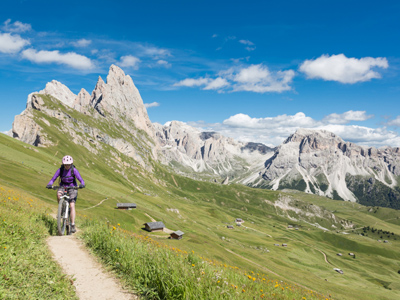
Limestone Scenery 03
This is our third KS3 Geography quiz on limestone scenery. Carboniferous and other types of limestone are partially soluble in acid. Carboniferous limestone contains joints and bedding planes and therefore forms many erosional landforms. These include limestone pavements, pot holes, caves and gorges. Where water drips into a cave from above, each drop leaves behind a small amount of the calcium carbonate that it has dissolved on its journey through the limestone, forming a stalactite. Where the drop lands, it can leave behind even more, forming a stalagmite.
In the UK, Carboniferous limestone is found mainly in the northern areas of England - the Peak District, the Yorkshire Dales and the north Pennines are three key areas. The limestone scenery of these areas attracts many tourists. Limestone soils tend to be thin and not particularly fertile. They are usually upland areas too, so sheep farming is the most usual form of agriculture. Limestone is an incredibly important rock and is used in the manufacture of hundreds of common everyday items. This means that it is quarried in large quantities.
Ready for more?
not all...
quizzers. Try to win a coveted spot on our Hall of Fame Page.







